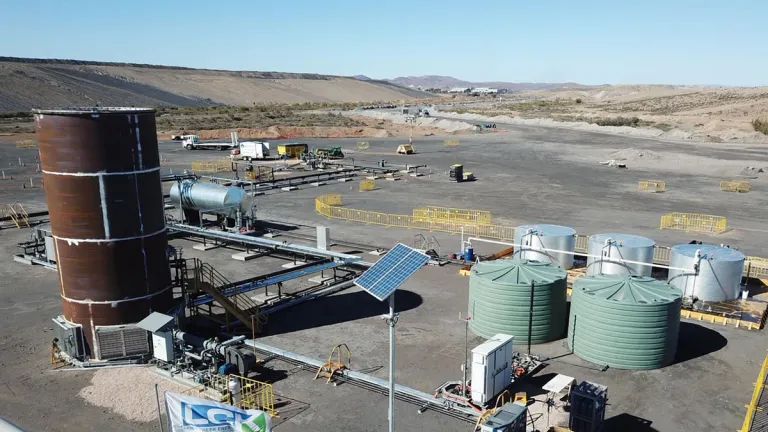AdBlue, which is essential in Euro 6-compliant diesel engines, is largely produced from urea. However, by far urea’s greatest use is in agriculture. Comprised of 46 per cent nitrogen, urea is used by farmers around the world as a source of nitrogen for their crops.
Australian farmers alone consume 1.9 million tonnes of urea annually, with a staggering 1.7 million tonnes of that imported. Our almost exclusive reliance on urea imports has come back to bite, due to soaring oil and natural gas prices as the world recovers from a pandemic that has reduced supplies.
Farmers are facing urea prices that doubled through 2021, while owners of the latest diesel-powered RVs are bemoaning the fact that AdBlue – a direct urea product – is now in short supply and at a much higher prices (there are reports of pump prices quadrupling to $4/litre in some places). Unfortunately, no AdBlue means no engine operation. And despite what you hear, disabling or trying to bypass the AdBlue system will not only void your engine warranty, it’s illegal and would have serious consequences if caught.
The Federal Government’s remedy for this nationally-critical situation is to put Deputy Prime Minister, Barnaby Joyce in charge. No doubt we’re in for a great deal of Government ‘spin’, but we’re aware of at least three projects to rectify our perilous import-reliant situation that are already in place.

Australian Urea Production
The most common way of producing granular urea is to convert natural gas from its main constituent, methane (CH4). Nitrogen from the atmosphere and hydrogen from methane are combined under high temperature and pressure to form ammonia (NH3), which reacts with carbon dioxide (CO2) to form liquid urea (CH4N2O) and water (H2O). Those who didn’t sleep through chemistry class can appreciate the formula: 2NH3 + CO2 = CH4N2O + H2O. Urea is the basis for AdBlue and its granulated to make dry, pelletised fertiliser.
In May 2021, Perdaman Chemicals and Fertilisers signed a 20-year agreement with Incitec Fertilizers Pty Ltd, for up to 2.3 million tonnes per annum of granular urea fertiliser from Perdaman’s proposed Karratha plant in Western Australia that will convert Australian gas into urea. The $4.3 billion Karratha urea plant in Western Australia is scheduled to start production in the fourth quarter of 2025.

Strike Energy has plans for a $2.3 billion fertiliser project, capable of manufacturing 1.4 million tonnes of urea per year for 30 years. Oil and gas company Strike Energy said the proposal would use gas from its Perth basin project and convert it into fertiliser for the agricultural market.
In May 2021, Leigh Creek Energy Limited proposed the construction of a urea fertiliser plant, based on the Leigh Creek coal deposits in South Australia. The project is in conjunction with South Korean engineering and construction firm DL E&C Co Ltd. The plant will gasify coal deposits formerly used for electricity generation. The $2 billion Leigh Creek Energy Project is claimed to be the only planned, fully integrated urea production facility in Australia, with all inputs for low-carbon urea production on site. Leigh Creek claimed that the facility would be carbon neutral by 2030.
Hopefully, when these projects eventuate we’ll never have a urea-supply problem again. Of course, with the electrification of vehicles the need for AdBlue may not be so great in the coming years, but there’s little doubt the global appetite for urea for agriculture will continue to ‘grow’…

